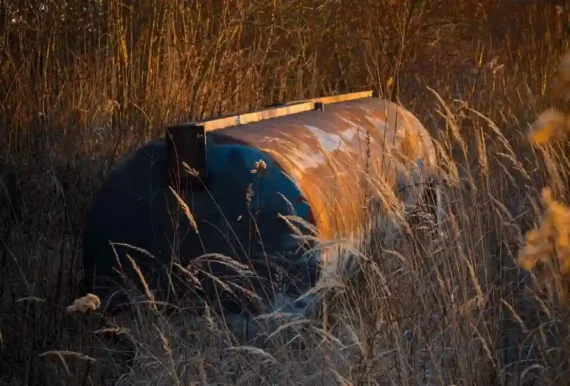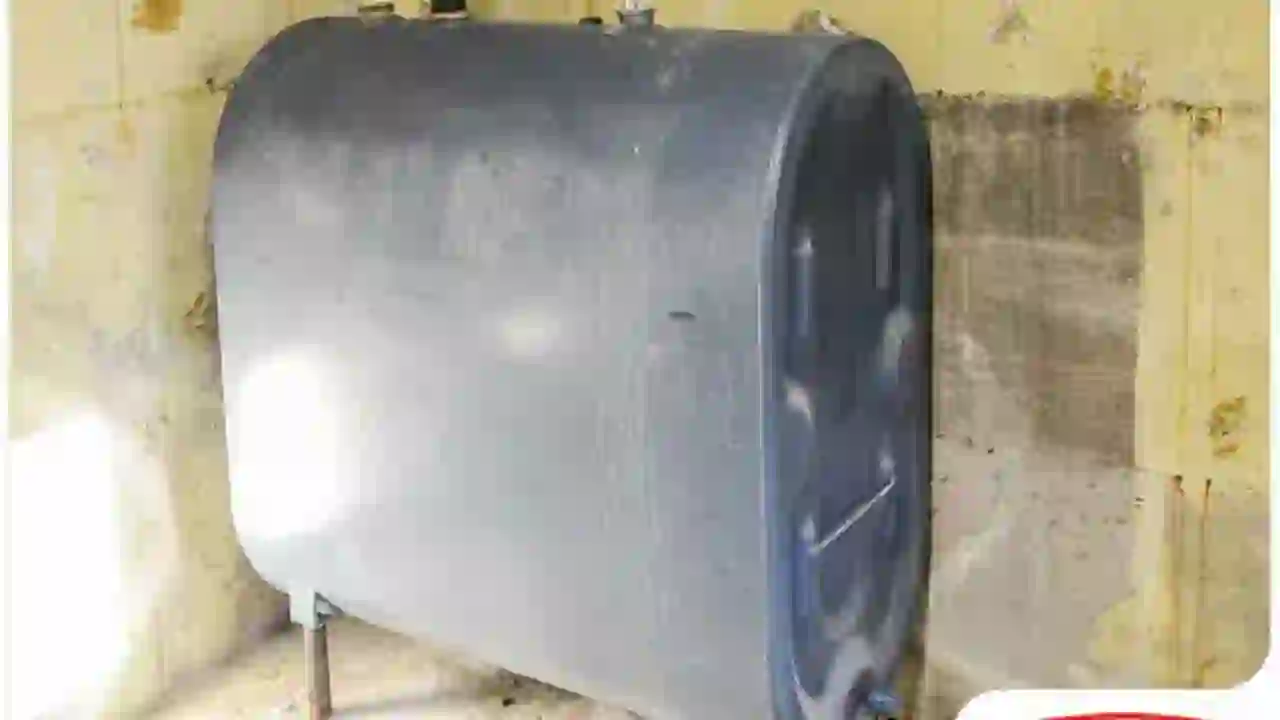Rugs can be a beautiful and functional addition to your home, but they can also be susceptible to mold and mildew growth if not properly cared for. Mold and mildew thrive in damp and humid environments, making rugs, especially those in high-moisture areas like bathrooms and basements, vulnerable to infestations. Not only can mold and mildew damage your rugs, but they can also pose health risks. In this article, we will explore effective cleaning strategies to prevent mold and mildew in rugs, ensuring a clean and healthy living space.
Understanding Mold and Mildew
Before diving into prevention and cleaning strategies, it’s essential to understand what mold and mildew are:
- Mold: Mold is a type of fungus that can grow on various surfaces, including rugs. It appears as green, black, or gray patches and can cause health issues such as allergies, respiratory problems, and skin irritation.
- Mildew: Mildew is a specific type of mold that typically grows on damp fabrics and surfaces. It often appears as white or gray powdery spots. While it’s less harmful than some molds, it can still cause health discomfort and damage rugs.
Preventive Measures
Preventing mold and mildew growth in your rugs starts with a few key preventive measures:
- Keep the Area Dry: Mold and mildew thrive in damp conditions. Ensure the area where your rug is placed remains dry. Use dehumidifiers in high-humidity areas, and repair any leaks or water damage promptly.
- Proper Ventilation: Good air circulation helps prevent moisture buildup. Open windows and doors, and use fans or air purifiers as needed, especially in areas prone to humidity.
- Use Rug Pads: Rug pads provide a barrier between your rug and the floor, allowing air to circulate and preventing moisture from becoming trapped beneath the rug.
- Rotate Your Rugs: Regularly rotate your rugs to ensure even wear and to prevent moisture from accumulating in one spot.
- Avoid Direct Sunlight: Excessive exposure to direct sunlight can fade rug colors and weaken the fibers. However, moderate exposure can help deter mold and mildew growth.
Effective Cleaning Strategies
Even with preventive measures in place, it’s essential to clean your rugs regularly to remove any moisture, dirt, or potential mold and mildew spores. Here are effective cleaning strategies to keep your rugs mold and mildew-free:
- Regular Vacuuming: Frequent vacuuming is crucial to remove dirt and dust from your rug’s fibers. Use a vacuum cleaner with a HEPA filter, which can capture finer particles and potential allergens. Vacuum your rug at least once a week, and focus on high-traffic areas.
- Shake and Beat: For smaller rugs that can be easily lifted, take them outside and shake or beat them to remove loose dirt, dust, and debris. This should be done at least once a month or as needed.
- Professional Rug Cleaning: Consider professional rug cleaning services every 12 to 18 months, depending on the rug’s exposure and condition. Professionals have the expertise and equipment to deep clean rugs effectively.
- Spot Cleaning: Address spills and stains promptly to prevent mold and mildew growth. Blot liquid spills with a clean cloth or paper towel, working from the outside in to prevent spreading. Use an appropriate stain remover or a mixture of mild dish soap and water for spot cleaning.
- Drying: After cleaning or if your rug gets wet, it’s essential to dry it thoroughly to prevent mold and mildew growth. Here’s how to do it:
- Hang the rug outdoors in the sun to allow it to air out and dry completely. Sunlight helps kill mold and mildew spores.
- If outdoor drying is not possible, lay the rug flat indoors in a well-ventilated area, preferably with a fan or dehumidifier to expedite the drying process.
- Ensure that both sides of the rug are adequately dried to prevent mold growth on the underside.
DIY Mold and Mildew Removal
If you suspect mold or mildew on your rug, it’s crucial to address it promptly. Here’s how to remove mold and mildew from rugs:
- Safety Precautions: Wear protective gear, including gloves, a mask, and eye protection, to avoid exposure to mold spores.
- Take the Rug Outdoors: If possible, take the rug outdoors to prevent the spread of mold spores indoors.
- Brush and Shake: Start by gently brushing and shaking the rug to dislodge loose mold and mildew spores.
- Vacuum: Use a vacuum cleaner with a HEPA filter to remove any remaining mold and mildew particles. Vacuum the rug thoroughly.
- Clean with Cleaning Solution: Mix a solution of equal parts white vinegar and water or hydrogen peroxide and water. Test the solution on a small, inconspicuous area of the rug to ensure it doesn’t cause color fading.
- Apply the Solution: Dampen a clean cloth or sponge with the cleaning solution, and gently blot the affected areas on the rug. Avoid oversaturating the rug.
- Scrub: Use a soft brush to scrub the areas with mold or mildew gently. Rinse the cloth or sponge frequently in the cleaning solution.
- Rinse: After cleaning, rinse the rug thoroughly with clean water to remove any residual cleaning solution.
- Dry: Hang the rug outdoors in the sun to dry completely. Ensure both sides of the rug are adequately dried.
- Preventive Measures: Implement preventive measures to avoid future mold and mildew growth, as mentioned earlier.
Conclusion
Mold and mildew growth in rugs can be a serious concern, both for the rug’s integrity and for the health of those in your home. By taking proactive measures to prevent moisture buildup and regularly cleaning and maintaining your rugs, you can effectively deter mold and mildew growth, ensuring a clean, fresh, and healthy living environment. Proper care not only extends the life of your rugs but also enhances the comfort and aesthetics of your home.




